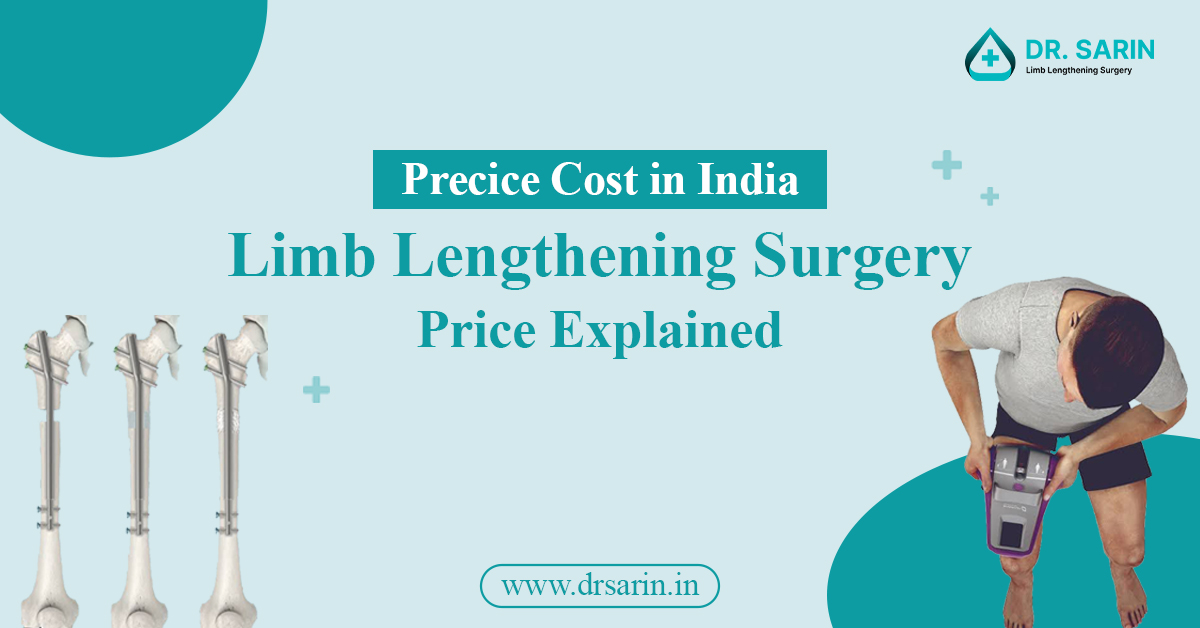Height Increase Surgery Complications: Understanding the Risks Involved in Limb Lengthening Procedures
Height increase surgery—also known as limb lengthening surgery—has grown in popularity among individuals seeking not only to correct limb discrepancies but also to improve self-confidence and quality of life. While it offers life-changing benefits, it’s essential to understand that the procedure is complex and comes with potential complications.
As with any major surgical intervention, being informed about the risks is just as important as knowing the benefits. This guide offers an overview of the common and rare complications associated with height increase surgery and highlights the importance of expert care in minimizing them.
What Is Height Increase Surgery?
Height increase surgery is based on the technique of distraction osteogenesis, where the bone is surgically cut and gradually lengthened using an external or internal device. Over time, new bone, muscle, and tissue grow in the gap, allowing for an increase in height.
While advancements in technology have made the procedure safer and more predictable, it still involves significant strain on the body, particularly the musculoskeletal and nervous systems.
Common Complications After Height Increase Surgery
1. Pain and Discomfort
- Pain is a natural response post-surgery, especially during the distraction phase.
- If not managed well, it can affect mobility, sleep, and mental health.
- Proper pain management plans are essential to keep discomfort at bay.
2. Joint Stiffness
- Muscles, tendons, and ligaments are also being stretched.
- Without proper physiotherapy, stiffness in the ankle, knee, or hip joints may occur.
- Regular stretching and guided physical therapy help minimize this risk.
3. Nerve Irritation or Damage
- Nerves may be stretched along with the bones.
- This can lead to numbness, tingling, or weakness.
- In rare cases, nerve damage can be long-term, but this is typically avoidable with proper monitoring.
4. Delayed Bone Healing
- Sometimes the new bone doesn’t regenerate as quickly as expected.
- Poor nutrition, smoking, or inadequate rest can contribute to this issue.
- Additional procedures or bone grafting may be required in such cases.
5. Muscle Tightness and Cramps
- Muscles may not adapt as quickly as bone.
- This can result in tightness, spasms, or even temporary deformities.
- Ongoing physical therapy and muscle relaxants help alleviate this.
Less Common But Serious Complications
1. Infection
- External fixators increase the risk of pin-site infections.
- Internal rods lower this risk but still carry a chance of deep tissue infections.
- Daily hygiene and regular check-ups help prevent infections.
2. Bone Deformity or Misalignment
- If the bone grows at an uneven angle, deformity can occur.
- Skilled surgical planning and real-time monitoring during the process are critical to avoid this.
3. Psychological Stress
- The long recovery time and physical limitations can lead to depression or anxiety.
- Emotional support and counseling are an important part of the journey.
How to Minimize Risks?
Choosing the right surgeon and medical team plays a vital role in reducing complications. Here’s what to look for:
- Board-certified orthopedic surgeon with experience in limb lengthening
- Transparent discussion of risks and outcomes
- A strong post-op support system: physiotherapists, pain management, nutritionists
- Regular follow-ups for monitoring bone growth and alignment
Importance of Post-Surgery Rehabilitation
Rehabilitation is not optional—it is part of the healing process.
- Physiotherapy: Keeps joints mobile and muscles flexible
- Nutrition: Supports bone healing and tissue growth
- Lifestyle Adjustments: Adequate rest, avoiding smoking and alcohol, and stress management
- Mental Health Care: Coping with limitations during recovery can be challenging—support groups and therapy help
Is It Worth the Risk?
Height increase surgery can be transformative for individuals with medical or psychological reasons for pursuing it. But it’s crucial to have realistic expectations and be fully committed to the lengthy recovery process.
With expert guidance, complications are rare and manageable. However, patients should always weigh the risks and rewards and consult a qualified specialist before making a decision.
Final Thoughts
Height increase surgery is not just about gaining inches—it’s a complex medical journey. Understanding the complications and preparing for them is essential to ensure the best outcomes.
Dr. Amar Sarin, one of India’s most trusted limb lengthening specialists, prioritizes patient education, transparent guidance, and holistic post-surgical care. If you’re considering this path, take the time to learn, plan, and choose your medical partner wisely.
You May Also Like to Know:



